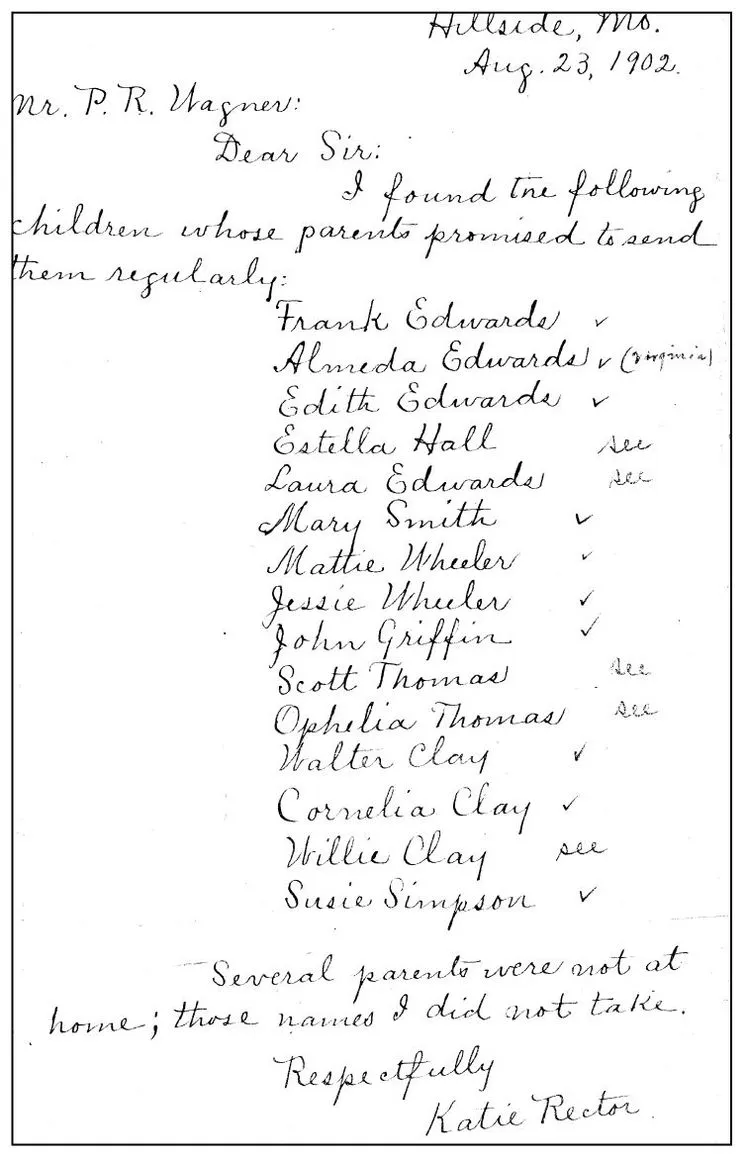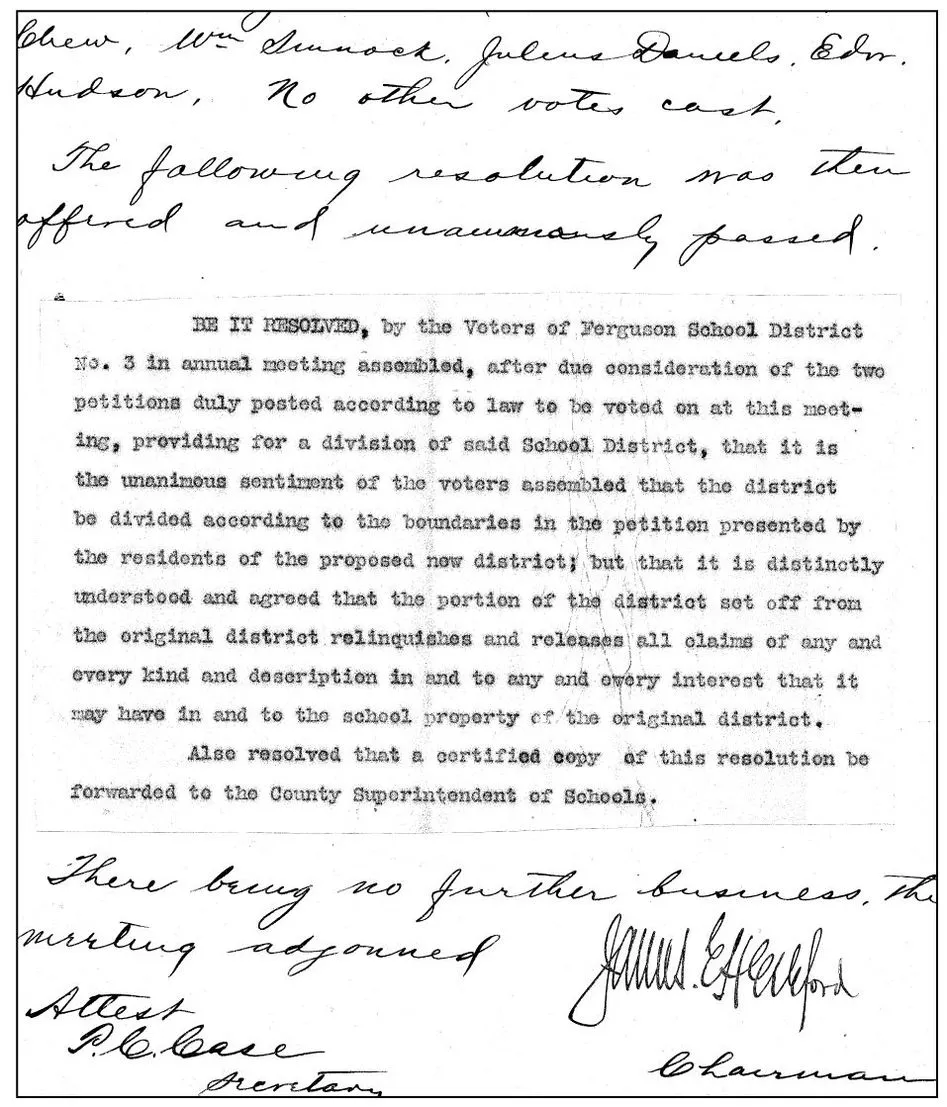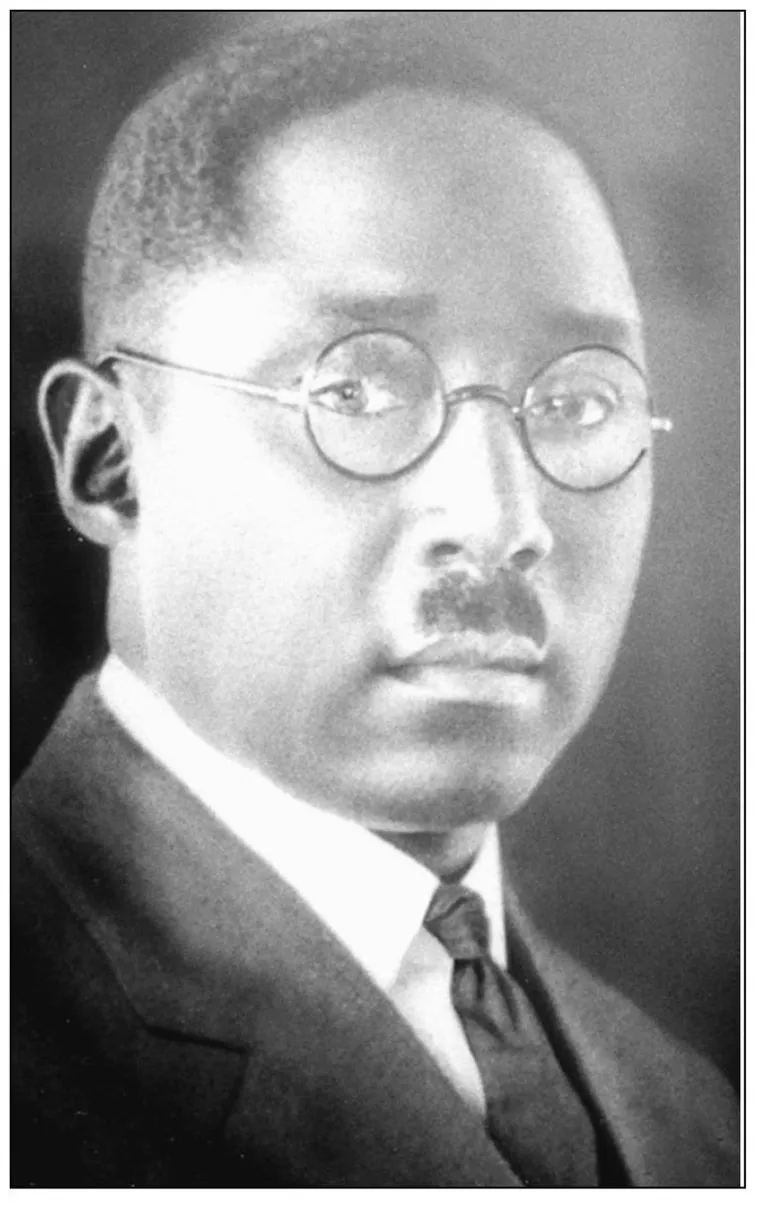
eBook - ePub
Kinloch
Missouri's First Black City
John A. Wright Sr.
This is a test
Share book
- 128 pages
- English
- ePUB (mobile friendly)
- Available on iOS & Android
eBook - ePub
Kinloch
Missouri's First Black City
John A. Wright Sr.
Book details
Book preview
Table of contents
Citations
About This Book
Located just outside of St. Louis, Kinloch was once a community locked off from the rest of the area by natural and man-made barriers. In spite of a lack of financial resources, it once provided its residents with a school district, city hall, post office, business district, and recreational facilities. Residents will recognize Dunbar Elementary, the oldest school for blacks in St. Louis County, Holy Angels, the oldest continuing black parish in the St. Louis Archdiocese, as well as former residents Congresswoman Maxine Waters and political activist Dick Gregory. Eventually, due to insufficient revenue, this once thriving community fell into decline, and is now struggling to keep its small town values and ideals alive.
Frequently asked questions
How do I cancel my subscription?
Can/how do I download books?
At the moment all of our mobile-responsive ePub books are available to download via the app. Most of our PDFs are also available to download and we're working on making the final remaining ones downloadable now. Learn more here.
What is the difference between the pricing plans?
Both plans give you full access to the library and all of Perlego’s features. The only differences are the price and subscription period: With the annual plan you’ll save around 30% compared to 12 months on the monthly plan.
What is Perlego?
We are an online textbook subscription service, where you can get access to an entire online library for less than the price of a single book per month. With over 1 million books across 1000+ topics, we’ve got you covered! Learn more here.
Do you support text-to-speech?
Look out for the read-aloud symbol on your next book to see if you can listen to it. The read-aloud tool reads text aloud for you, highlighting the text as it is being read. You can pause it, speed it up and slow it down. Learn more here.
Is Kinloch an online PDF/ePUB?
Yes, you can access Kinloch by John A. Wright Sr. in PDF and/or ePUB format, as well as other popular books in History & North American History. We have over one million books available in our catalogue for you to explore.
Information
Two
EDUCATION IN SPITE OF THE ODDS

This one-room frame structure, known as Vernon School, was constructed in 1885 to serve the black students of the area. It was located on the east side of Florissant Road, approximately 100 yards south of Maline Creek. The school was closed after a few months when attendance dropped below the legally required number of ten students. (Photo Courtesy of Ferguson-Florissant School District.)

Mrs. Katie Rector received this letter when the school’s enrollment dropped below eight students. The correspondence was sent to request that she turn over keys to the building and her record book. Each time the school closed, the students would need to travel to the neighboring communities of Normandy, Carsonville, or as far away as Bridgeton. The location changed frequently, because these schools would also have low enrollment due to the sparse black population in the area. (Letter Courtesy of Ferguson-Florissant School District.)

To insure a teaching position for the upcoming school year, Mrs. Katie Rector, writer of this letter, tries to assure the district clerk that there will be enough students for school to open. (Letter Courtesy of Ferguson-Florissant School District.)

This copy of the Ferguson School Board’s official minutes, shown here, is from the board’s 1902 annual spring meeting. At that meeting, white residents of the Kinloch area voted to split from the district and establish their own. Because of the inconclusiveness of the vote, a Board of Arbitration was appointed by the county superintendent of schools, which ruled the division a necessity. (Minutes Courtesy of Ferguson-Florissant School District.)

After formation of the new Kinloch District, the Nuroad School, (later named Hancock), shown here, was constructed for white students. Black students continued to attend Vernon School on Florissant Road in the Ferguson District until Nuroad School was completed. The students were then transferred to the former two-room school for white students on Scudder and Brown Road. (Photo Courtesy of the 1983 Kinloch History Committee.)

Shown here is the Kinloch School District’s second new school, Dunbar Elementary, named in honor of the famous black poet Paul Lawrence Dunbar. The school was constructed in 1913, and dedicated the following year by Frank L. Williams, a former principal of Sumner High School in St. Louis. When the building opened in September 1914, children paraded from their Scudder Avenue School to the new facility to celebrate the event. (Photo Courtesy of the 1983 Kinloch History Committee.)

Rev. Walter Johnson, shown here, was elected to the three-member Kinloch School Board in 1924. Johnson soon became an outspoken critic of the treatment of black students and the district’s refusal to build a high school for black students. (Photo Courtesy of First Baptist Church.)

This photograph depicts Vernon School, located at 5764 Carson Road (now Mable Avenue). The building opened in 1927 to serve the black students who lived on two blocks in Kinloch and other black students who resided in the Ferguson School District. After the original two-room school was constructed, the 43-year-old one-room school on Florissant Road was closed. Eventually the new facility became overcrowded and a two-room addition was built during the 1952–53 school year.
Although the U.S. Supreme Court outlawed racial segregation in public schools in 1954, Vernon Elementary School remained all-black until it closed in 1967. During the intervening years, Ferguson-Florissant School officials attempted to persuade Kinloch to assume operation of the school and the education of its students, but the Kinloch School Board declined. When the school closed, the black stud...